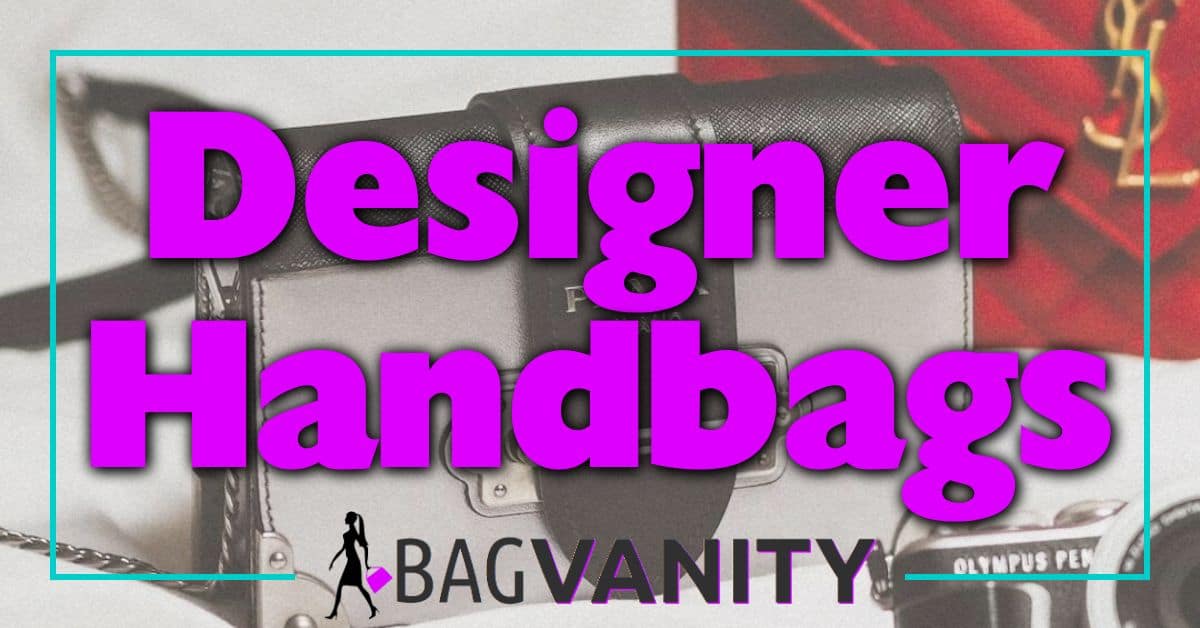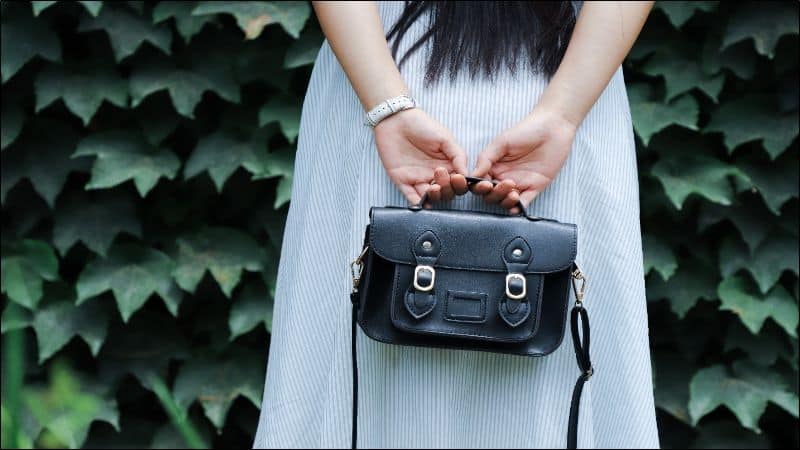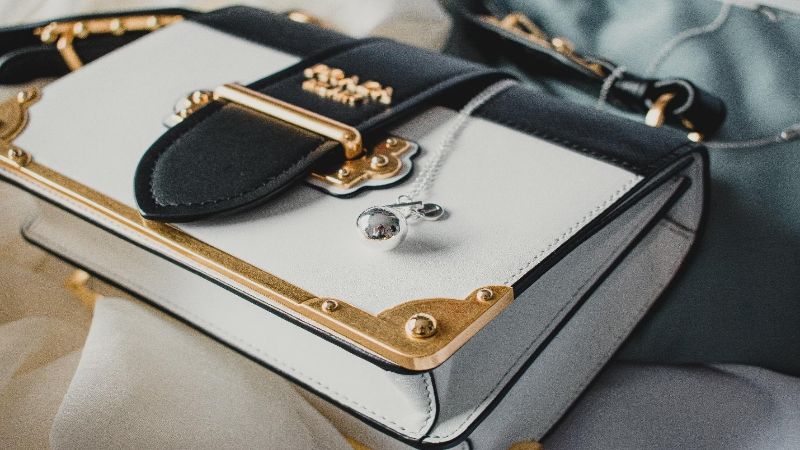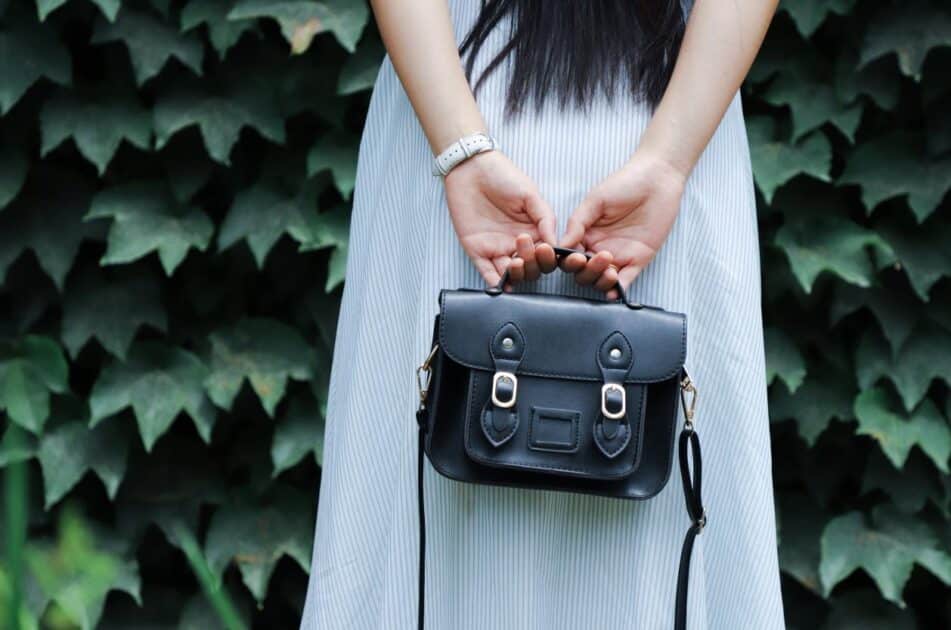Ever found yourself at the airport check-in, wondering if your trusty backpack counts as a handbag? You’re not alone! The world of bags is as varied as the people carrying them, and sometimes the lines get a bit blurred.
Is a Backpack Considered a Handbag?
Defining a handbag can be tricky. Traditionally, a handbag is a small bag used for carrying personal items. In that sense, a backpack differs; it’s designed to be worn on your back and often has multiple compartments. Yet in some scenarios, a backpack does play the role of a handbag.
Airlines often allow one carry-on bag and one personal item. A personal item is typically interpreted as a handbag. The critical factor in this equation is size. If your backpack meets the airline’s size criteria for a personal item, it’s technically considered a handbag for that purpose.
In the fashion industry, the distinction is more apparent. Handbags are fashion statements — they complement an outfit. Backpacks, on the other hand, are seen as practical items. Designers rarely market backpacks as handbags. However, with the rise of stylish, sleek backpack designs, the lines are blurring.
Retailers categorize bags based on functionality and style. A backpack is often in a separate category from handbags because the intent for use differs. Handbags carry necessities; backpacks are for larger loads or equipment. That said, crossover designs exist and they challenge traditional categories.
To further complicate matters, consider the material and craftsmanship. Luxurious materials and high-end finishes can push a backpack into the handbag realm, at least aesthetically.
Here’s the bottom line if you’re trying to figure out whether your backpack can count as a handbag:
- Check the size against your airline’s personal item dimensions.
- Consider the context — are you using it for travel, or as part of your daily ensemble?
- Look at the design — does it have the features and aesthetic of a handbag?
Ultimately, the answer isn’t black and white. It depends on your purpose and the environment in which you’re using the backpack.
Differences between Backpacks and Handbags
Backpacks and handbags serve similar functions but differ in design and use. When you’re planning your attire for the day, considering these differences helps in making the right choice for your needs.
Backpacks:
- Worn on the back using two straps
- Designed for even weight distribution
- Typically larger, accommodating more items
- Often made with durable materials for heavy-duty use
Handbags:
- Carried by hand or over the shoulder
- Smaller, for essentials only
- Fashion-forward, available in various styles and materials
- Less about utility, more about complementing an outfit
While backpacks focus on comfort and capacity, handbags emphasize style and portability. If you’re attending a professional event, a sleek handbag might be more appropriate than a bulky backpack. On the other hand, if you’re commuting or traveling, backpacks might be the practical choice for their ability to hold more and reduce strain on your shoulders.
In the fashion world, backpacks are making a statement with more designer options available. Yet, they’re still seen as less formal compared to handbags. The primary function of a handbag in fashion is accessorizing. It’s not just about carrying your items but also about enhancing your overall look.
Materials also play a distinct role in categorizing these items. Handbags often feature leather, suede, or designer fabrics, which align with fashion trends. Backpacks lean towards nylon, canvas, and polyester, selected for endurance and outdoor suitability.
Remember, the choice between a backpack and a handbag isn’t just about what you carry but how you carry it. Your decision reflects on your personal style, the occasion, and your functional requirements. Keep these distinctions in mind as you select the perfect accessory for your day.
Functionality of Backpacks
Backpacks are quintessential for functionality. They offer an optimized distribution of weight across your shoulders, easing strain on any one point of your body. This design principle is particularly beneficial when you’re carrying heavy loads, whether it’s for a daily commute, a hike, or as a student lugging textbooks.
Designed with multiple compartments, backpacks allow you to organize your belongings efficiently. You’ll often find pockets of varying sizes, sometimes with padding to protect electronics like laptops or tablets. Mesh pockets on the sides are perfect for water bottles, keeping hydration at hand without compromising internal space.
Durability is another hallmark of backpack functionality. Made from materials like nylon, polyester, and leather, these bags are built to withstand daily wear and tear. Reinforced stitching and water-resistant coatings are common features, aimed at increasing the lifespan of the backpack.
Backpacks aren’t just about being practical; they’ve evolved to include USB charging ports, headphone jacks, and other modern conveniences. These tech-friendly additions cater to your on-the-go lifestyle, ensuring your devices are always charged and within reach.
« Red Handbag Secrets: How Your Purse Makes a Bold Statement
How to Pack Handbags for Shipping: Ultimate Guide for Damage-Free Delivery »
While the backpack’s resilience makes it a powerhouse for hauling, it’s also adaptable for lighter loads. Adjustable straps allow you to cinch down a partially filled pack, which helps maintain balance and prevents items from shifting during movement.
Though backpacks are often associated with casual settings, the fashion industry has recently seen a surge in high-end and designer backpacks. These upscale versions offer the same practicality with a touch of elegance, blurring the lines between formal and informal accessories.
Your activity dictates the backpack’s role—from a rugged outdoor gear to a sleek, office-appropriate accessory. With the versatility of styles available, it’s evident that the backpack has become an indispensable accessory for the fashion-forward and practical-minded alike.
Functionality of Handbags
When considering handbags, practicality reigns supreme. Unlike backpacks, handbags often serve as not just carriers but also as fashion statements. You’ll find them in an assortment of sizes and shapes, tailored to match different occasions and needs.
Storage is a key aspect. Most handbags come with a main compartment, supplemented by smaller pockets both within and out. This design is to ensure your essentials are easily accessible. While not as segmented as backpacks, handbags provide ample space for items like wallets, cosmetics, and phones.
Durability is another essential feature. Leather and heavy-duty fabrics are common in handbags, built to withstand daily use while maintaining their aesthetic appeal. High-quality materials also ensure that handbags can carry significant weight without succumbing to wear and tear.
The adaptability of handbags is noteworthy. They can transition from day to night seamlessly. With removable straps or adjustable features, you have the freedom to switch between styles – from a shoulder bag for a day out to an elegant clutch for evening events.
Security is a pivotal aspect as well. Many handbags come equipped with zippers or clasps that ensure your belongings stay safe. Some even include advanced features like RFID-blocking pockets to protect your personal information from electronic theft.
In the realm of convenience, handbags may not always match the hands-free experience of backpacks, but they do offer easy access to your belongings without having to remove them off your back. The ease of just reaching down to your side and grabbing what you need cannot be overstated.
Lastly, consider the symbolic weight of handbags in fashion. They’re not just accessories; they’re a declaration of style, a complement to your outfit, reflecting your taste and sometimes even your status. The right handbag can elevate a look from standard to standout, underscoring its pivotal role in the fashion industry.
Fashion and Style Considerations
When you’re assessing whether backpacks fall into the handbag category from a fashion standpoint, it’s essential to recognize that style is highly personal and fluid. What’s deemed fashionable can vary significantly from one person to the next. Style icons and fashion influencers often merge practicality with high fashion, which can place backpacks squarely in the same realm as luxury handbags.
The fashion industry has witnessed a blurring of lines between backpacks and handbags. Designers are crafting backpacks with luxurious materials and intricate designs traditionally reserved for handbags. These stylish iterations have catapulted backpacks into the arena of statement pieces, capable of elevating any outfit.
Consider the following style factors:
- Materials: High-end backpacks are now made from the same quality leather or vegan alternatives as designer handbags.
- Accent Features: Think hardware, clasps, and zippers that add a chic touch.
- Silhouette: Sleek, compact backpack designs mimic the elegant lines of traditional handbags.
The adaptability of backpacks is a key fashion advantage. They can switch from casual daywear to more sophisticated evening options with ease. The variety of colors, patterns, and sizes means that you’ve got a backpack for every occasion, much like handbags.
Backpacks also enjoy a unique spot in fashion because they’re embraced across the gender spectrum. They represent a unisex option, broadening their appeal as a fashion accessory.
Let’s not forget the role of branding. High-end brands have placed their emblems on backpacks, signaling style and status. This brand recognition positions backpacks alongside handbags in boutique windows and high-street fashion displays.
Ultimately, whether a backpack is considered a handbag within the fashion sphere hinges on its ability to complement your style and meet your aesthetic demands. No longer just a practical item for travelers or students, backpacks have secured their place on runways and in wardrobes as versatile, fashionable choices for the style-conscious.
Conclusion
So there you have it – backpacks aren’t just for hiking or school anymore. They’ve earned their place right next to the chicest handbags in your wardrobe. With luxurious materials and high fashion designs they’re as much a style statement as any traditional handbag. Remember it’s all about how you rock it. Whether you’re going for a casual look or dressing to impress a well-chosen backpack can be the perfect accessory. So go ahead and embrace the versatility and style of the modern backpack – your fashion game will thank you!
Frequently Asked Questions
Are backpacks considered luxury handbags?
Backpacks are increasingly being considered in the realm of luxury handbags, as designers use high-end materials and designs to create stylish and luxurious backpacks that rival traditional handbags.
Can a backpack be a fashion statement?
Absolutely, with luxury designers incorporating intricate designs and premium materials, backpacks can now serve as a bold fashion statement that can elevate any ensemble.
How has the line between backpacks and handbags blurred in fashion?
The line has blurred due to backpacks adopting features from handbags, such as quality craftsmanship, exclusive materials, and designer branding, thereby redefining their position within the world of fashion accessories.
Are backpacks adaptable for different styles?
Yes, backpacks offer great versatility in colors, patterns, and designs, making them adaptable to a wide range of personal styles and suitable for various occasions.
Do backpacks cater to a unisex audience?
Backpacks are universally appealing and designed to be unisex, catering to anyone looking for a combination of functionality and style in an accessory.
Does branding affect a backpack’s reputation in fashion?
Branding plays a significant role in how backpacks are perceived in fashion. Designer labels help elevate the status of backpacks to be on par with luxury handbags in the industry.
Can a backpack complement one’s style like a handbag?
Yes, with the fashion industry’s evolution, backpacks are now designed to not only be practical but also to complement and enhance personal style, much like traditional handbags.











